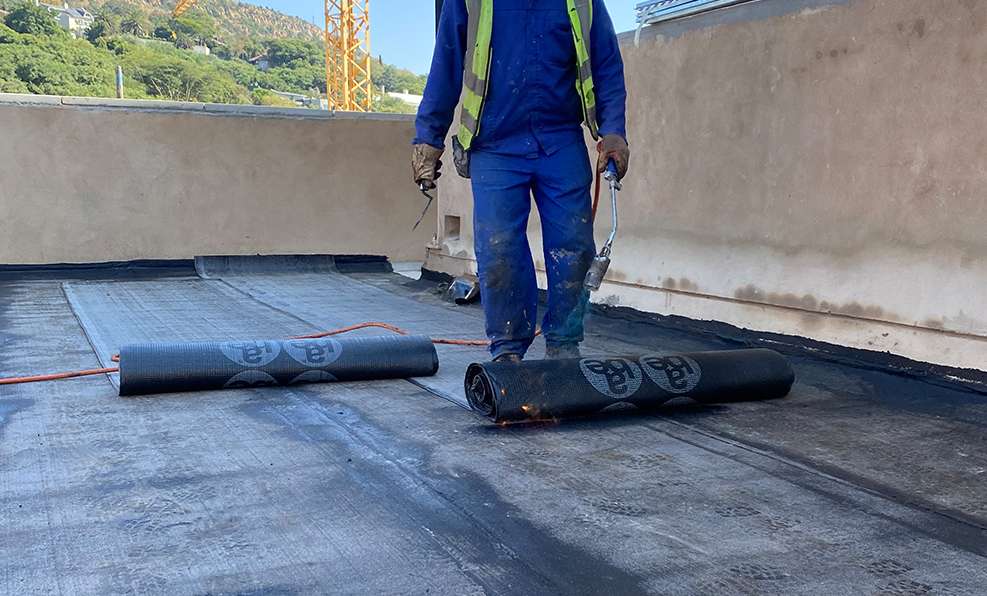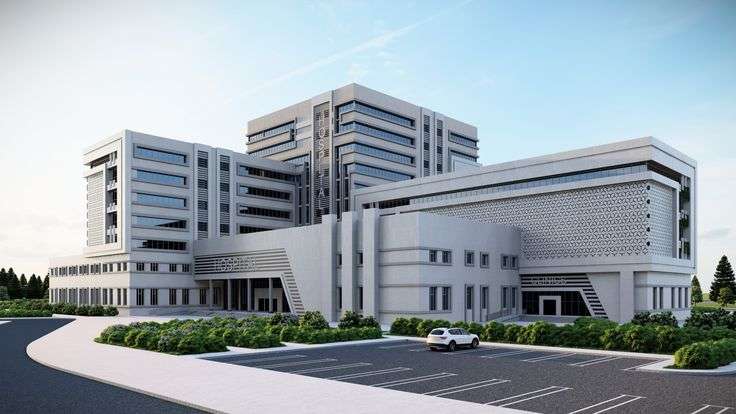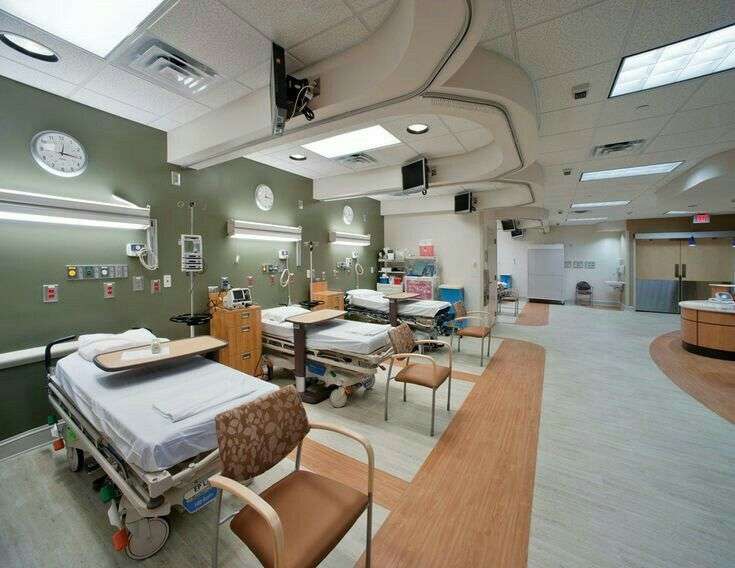
Telangana: A Rising Star in Healthcare Infrastructure
August 10, 2024
Choosing Land For Your New Hospital: Top Tips
August 17, 2024When constructing a hospital, every detail matters. The design, materials, and construction techniques used all play a critical role in ensuring the facility’s safety, functionality, as well as longevity. Among these elements, waterproofing stands out as a vital component that often goes unnoticed but is crucial for the project’s overall success. In this blog, we’ll delve into the importance of waterproofing in hospital construction and how it can prevent costly and potentially dangerous issues.

1. Why Waterproofing is Crucial in Hospital Construction
Hospitals are complex structures that house sensitive medical equipment, critical care areas, and thousands of patients, staff, and visitors daily. Water infiltration can lead to a range of problems that compromise the integrity of the building and the safety of its occupants. Here’s why it is essential:
- Preventing Structural Damage: Water seepage can weaken the building’s foundation, leading to cracks, mold growth, and even structural failure. Over time, this can result in costly repairs and unsafe conditions.
- Maintaining Indoor Air Quality: Moisture intrusion can cause mold and mildew growth, which can degrade indoor air quality and pose serious health risks, especially in a hospital environment where patients have weakened immune systems.
- Protecting Sensitive Areas: Hospitals have areas that are highly sensitive to moisture, such as operating rooms, laboratories, and imaging suites. Waterproofing ensures that these critical zones remain dry and fully operational.
- Ensuring Longevity of the Facility: A well-executed waterproofing system can extend the lifespan of the hospital, reducing the need for frequent repairs and maintenance. This long-term protection is vital for the hospital’s financial sustainability.
2. Key Areas That Require Waterproofing
Integrate water resistance into the design and construction phases of a hospital. Key areas that require attention include:
- Foundations and Basements: The foundation is the most vulnerable part of any building. Waterproofing here prevents groundwater from seeping into the structure, which can lead to foundational cracks and settlement issues.
- Roofs and Terraces: Roofs and terraces constantly endure exposure to weather elements.. Proper waterproofing prevents leaks and water damage to the building’s upper floors.
- Bathrooms and Wet Areas: Adequately waterproof bathrooms, kitchens, and other wet areas to prevent water from seeping into adjacent walls and floors, which could compromise the building’s integrity.
- External Walls: Creating a Hydrophobic coating on the exterior walls protects the building from rain and humidity, ensuring that moisture doesn’t penetrate the interior spaces.
3. Best Practices in Hospital Waterproofing
Implementing best practices in waterproofing is crucial for the construction of a safe and durable hospital. Some key practices include:
- Choosing the Right Materials: Use high-quality waterproofing materials that are designed for the specific conditions of the hospital. These include waterproof membranes, sealants, and protective coatings that offer long-term protection.
- Proper Installation: Waterproofing systems must be installed correctly by experienced professionals. Poor installation can lead to failures, even if the best materials are used.
- Regular Maintenance and Inspections: After construction, regular inspections and maintenance are necessary to ensure that the waterproofing systems remain effective. This helps in identifying and addressing any issues before they become major problems.
- Integration with Other Systems: Waterproofing should be integrated with the building’s drainage and ventilation systems to ensure comprehensive protection against water damage.
4. The Role of Waterproofing in Sustainability
In addition to protecting the hospital’s infrastructure, waterproofing also plays a role in sustainability. By preventing water damage, hospitals can reduce the need for repairs and replacements, thereby conserving resources and reducing waste. Moreover, a well-maintained hospital can operate more efficiently, leading to lower energy and water consumption.
Conclusion
To conclude Waterproofing is a critical component of hospital construction that cannot be overlooked. It safeguards the structural integrity of the building, ensures a safe and healthy environment for patients and staff, and supports the facility’s long-term sustainability. With Hospertz India Pvt. Ltd.’s expertise in hospital construction, you can be confident that your facility will be built to the highest standards of quality and safety.



